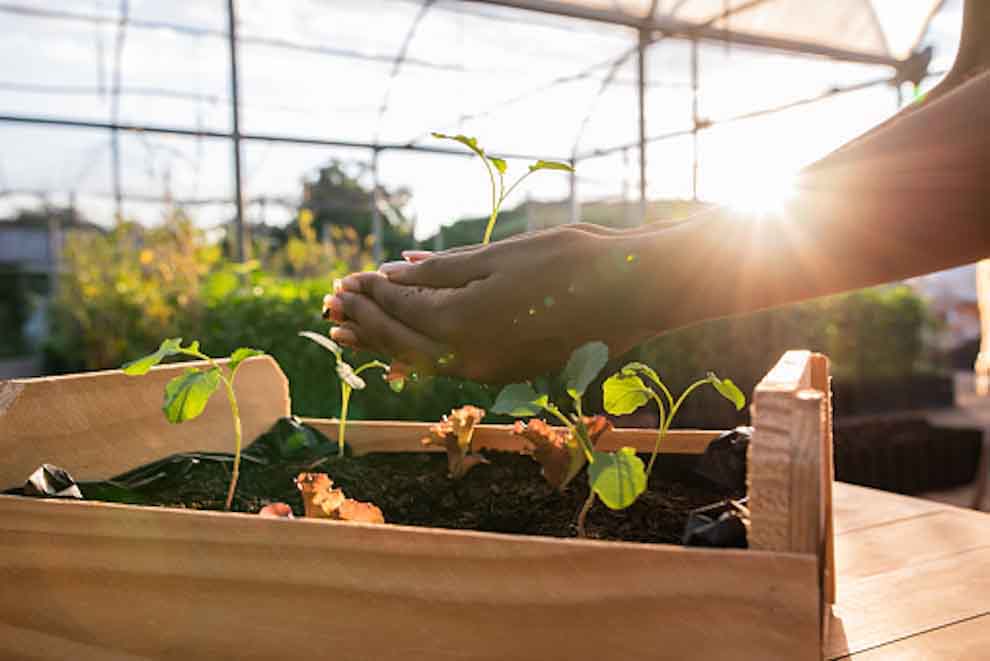Sustainability in 2022
Editor’s note: Kristina Balciauskaite is research manager, Dovile Misiunaite is senior analyst, and Ekaterina Tretyakova is research analyst, at market research firm Euromonitor International, Vilnius, Lithuania. This is an edited version of a post that originally appeared under the title, “How are consumers chasing sustainability in 2022?”
The need to lead a more sustainable life and be more self-sufficient is becoming increasingly prevalent today.
In 2021, one-third of global consumers actively reduced their emissions and one-quarter used carbon offsets to compensate for them.
Eco-anxiety is forcing consumers to look for ways to control their carbon footprint. Predominately young and relatively affluent, climate-minded consumers are a force to be reckoned with this year.
In this article, we highlight three of the Top 10 Global Consumer Trends in 2022 that focus on sustainability: climate changers, pursuit of preloved and rural urbanites.
Climate changers are bridging the gap between intention and action
Driven by concerns over the climate emergency, consumers not only expect brands to step up, but are already acting through their purchases. Green activism and low carbon lifestyles are here to stay.
Global consumers are aware climate change will affect them and already buy from brands that are aligned with their values, according to Euromonitor’s Voice of the Consumer Lifestyles Survey.
The gap between climate awareness and intention to act (in the climate conscious consumer group) is minimal. The same number of consumers worried about climate change also try to have a positive impact on the environment through their everyday actions.
Products with transparent low-carbon footprint supply chains are winning the wallets of climate changers. Brands are introducing low-carbon footprint goods and enhancing the labeling on packaging.
Climate change boosts need for self-sufficiency
Climate changers prioritize cautious consumption to limit their footprint on the planet, which is creating opportunities for businesses.
These consumers are choosing living accommodations that minimally impact the environment, opting for the 15-minute city, where working, shopping and enjoying are within a short bike ride or walk away from their homes.
Consumers who live green are also eating healthier foods that are more planet friendly. Organic packaged food is one of the fastest-growing categories in health and wellness.
Home gardening surged during the pandemic as consumers searched for new hobbies. We’ll continue to see rural urbanites, whether city or rural dwellers, create gardens on their balconies or spacious land.
Pursuit of preloved and rural urbanites trends combine sustainability with affordability
Eco-friendly products are more expensive, forcing consumers to choose between a lower price or sustainability. During the pandemic, disposable income decreased and people searched for alternatives, such as secondhand, to save money.
The perception of pre-used items is changing as ecological concerns and price-sensitivity eliminates stigma and makes secondhand popular. While thrifting started in the apparel industry, it is spreading across other categories like furniture. Younger generations are early adapters of the pursuit of preloved due to their tech-savvy and sustainable-oriented mind-sets.

As more consumers were able to work remotely, some rural urbanites relocated to suburban areas temporarily for more spacious housing and greener scenery. Now, this move is becoming permanent and the demand for renting and buying property outside of the city significantly increased.
But not all rural urbanites are ready to give up city life. Consumers are aiming to find new ways to bring the simplicity of rural life into their urban homes.
Business strategies for climate changers, rural urbanites and pursuit of preloved
To capture climate changers, rural urbanites and pursuit of preloved consumers, brands need to incorporate sustainability and green activism into their strategies.
Successful businesses will offer a wider range of products that are carbon footprint certified and have green labeling, as well as provide innovative solutions that allow consumers to do their part in fighting climate change in their homes.
Meanwhile, expanding e-commerce is another vital part to sustain revenue growth and the loyalty of relocating rural urbanites, who seek to bring their urban life habits outside of big city limits.
Circular business models will become increasingly important. Programs, such as recycling, rental, resale and buy-back give businesses a competitive advantage while allowing consumers to contribute to the fight against climate change.
Businesses need to stay ahead of these trends and position their brands as sustainable and demonstrate an active position regarding environmental issues.
